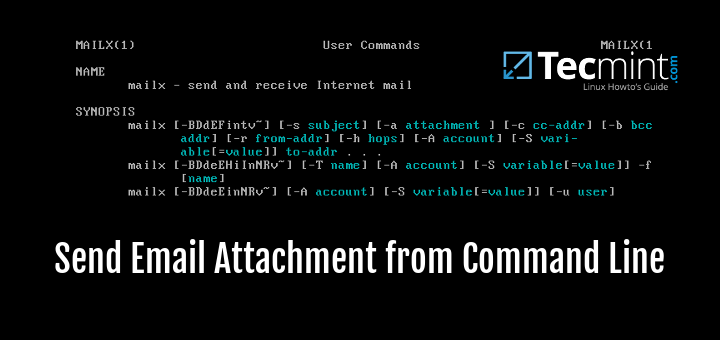

Note: To view the Unusual file activity panel, both the client and the CommServe computer need to be at Feature Release 11.23 or higher. To receive alerts when abnormal activities are detected, configure the File Activity Anomaly Alert. These activities are monitored by default. The anomaly thresholds are based on historical activity and machine-learning algorithms to reduce false positives from typical activity on the file system. These situations might indicate the presence of ransomware or other types of threats. Unusual file activity occurs when a large number of files are created, deleted, modified, or renamed on a client computer, or when the number of created, modified, or deleted files in a backup job suddenly increases or decreases. This panel provides a single location for identifying and acting on potential threats with quick and safe recovery options. Then, you can recover the most recent good version of anomalous files or recover the entire client as a virtual machine, from before the anomalous behavior. With this panel, you can view file path information for the anomalies and track anomaly trending information. The Unusual file activity panel displays information about anomalous activity on the file systems of active client computers and in backup jobs. Using Process Manager to View and Manage Commvault Services >Ĭommvault for Managed Service Providers (MSPs) >

Unusual File Activity Report for Backup Job Anomalies Unusual File Activity Report for File-Related Anomalies Monitoring Unusual File Activity and Ransomware Detection > Monitoring Replication and Initiating Operations > Also, we’ll run xmessage in the background, so the function doesn’t block.Software Upgrades, Updates, and Uninstallation > The first one is the directory, and the other is the file that was removed. Integrating the inotifywait Output With Another Script Let’s see the new output: main/1/2/ MODIFY file1 Now, let’s write to the main/1/2/file1 file and then create a new empty file called file2 inside the main/1/2 directory: $ echo example2 > main/1/2/file1 Then, let’s monitor only for create and modify events: $ inotifywait -m -r -e create,modify main First, let’s finish the previous inotifywait command with Control+C. To do this, we’ll use the -e parameter and add the desired events separated by commas. Finally, let’s see how we can specify the exact events we want to monitor. We can notice that inotifywait automatically watches for events in the new directory. Let’s see the inotifywait output: main/2/ CREATE,ISDIR 1 Then, we’ll create a new file called file1 inside the new directory: Now, let’s create a new folder called 1 inside the main/2 directory. First, the base directory, then the event, and finally, the file that triggered that event. We can see that the inotifywait output has three columns. Let’s return to the shell where we run inotifywait to see its output: main/1/2/ CREATE file1 This command creates a new file inside the main/1/2 folder.

Now, while inotifywait is still running, let’s open a new shell and run echo example > main/1/2/file1. With that, the inotifywait command will continue to run in the foreground, waiting for events. Beware: since -r was given, this may take a while!
#Linux mail file monitor how to
Let’s see how to monitor for any event in our main directory: $ inotifywait -m -r main Otherwise, inotifywait exits after the first event. This configures inotifywait to keep watching the directory forever. To monitor a directory tree, including its subdirectories, we’ll use the -r parameter. We can use the inotifywait command to monitor a directory tree.


 0 kommentar(er)
0 kommentar(er)
